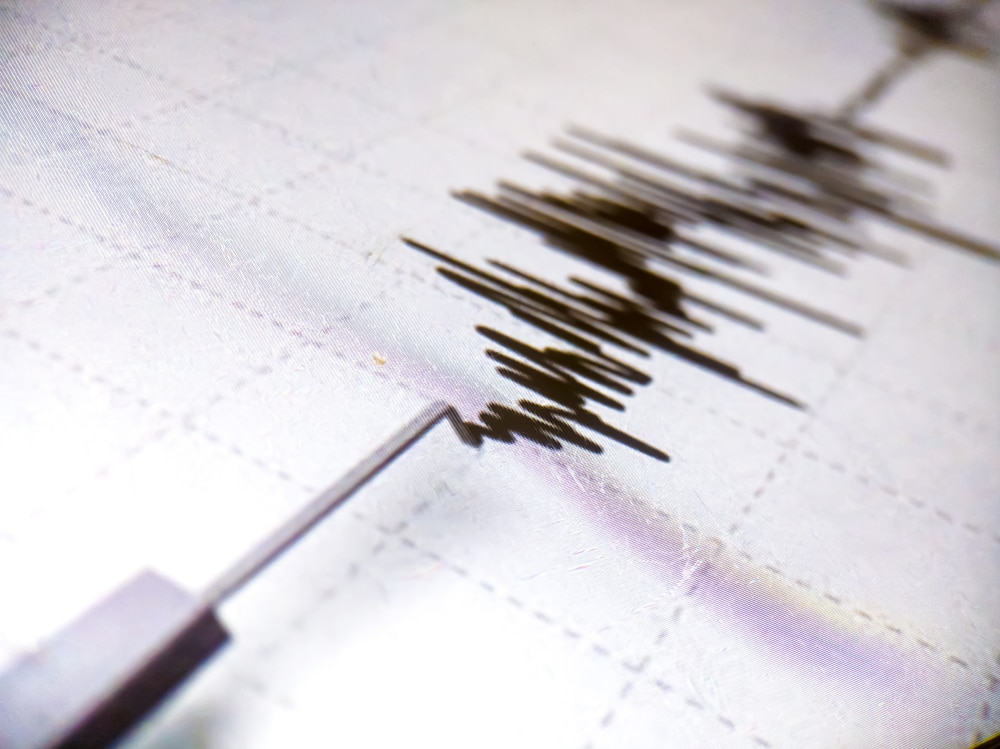A subduction zone below the Gibraltar Strait is creeping westward and could one day “invade” the Atlantic Ocean, causing the ocean to slowly close up, new research suggests.
The subduction zone, also known as the Gibraltar arc or trench, currently sits in a narrow ocean corridor between Portugal and Morocco. Its westward migration began around 30 million years ago, when a subduction zone formed along the northern coast of what is now the Mediterranean Sea, but it has stalled in the last 5 million years, prompting some scientists to question whether the Gibraltar arc is still active today.
It appears, however, that the arc is merely in a period of quiet, according to a study published Feb. 13 in the journal Geology. This lull will likely last for another 20 million years, after which the Gibraltar arc could resume its advance and break into the Atlantic in a process known as “subduction invasion.”
The Atlantic Ocean hosts two subduction zones that researchers know of — the Lesser Antilles subduction zone in the Caribbean and the Scotia arc, near Antarctica.
“These subduction zones invaded the Atlantic several million years ago,” lead author João Duarte, a geologist and assistant professor at the University of Lisbon, said in a statement. “Studying Gibraltar is an invaluable opportunity because it allows observing the process in its early stages when it is just happening.”
To test whether the Gibraltar arc is still active, Duarte and his colleagues built a computer model that simulated the birth of the subduction zone in the Oligocene epoch (34 million to 23 million years ago) and its evolution until present day.
The researchers noticed an abrupt decline in the arc’s speed 5 million years ago, as it approached the Atlantic boundary. “At this point, the Gibraltar subduction zone seems doomed to fail,” they wrote in the study.
The team then modeled the arc’s fate over the next 40 million years and found it painstakingly pushes its way through the narrow Gibraltar Strait from the present day over the next 20 million years. “Strikingly, after this point, the trench retreat slowly speeds up, and the subduction zone widens and propagates oceanward,” the researchers wrote in the study.
Modeling of this kind requires advanced tools and computers that weren’t available even a few years ago, Duarte said in the statement. “We can now simulate the formation of the Gibraltar arc with great detail and also how it may evolve in the deep future,” he added.
If the Gibraltar arc invades the Atlantic Ocean, it could contribute to forming an Atlantic subduction system analogous to a chain of subduction zones that circles the Pacific Ocean, called the Ring of Fire, according to the statement.
A similar chain forming in the Atlantic would lead to oceanic crust being recycled into the mantle via subduction on both sides of the Atlantic, gradually swallowing and closing up this ocean.
Although many small earthquakes have been recorded, the last major earthquake to rock the region was the 1755 Great Lisbon Earthquake, which reached an estimated 8.5 to 9.0 on the moment magnitude scale.
An earthquake of this magnitude occurring anytime soon is “pretty much out of the question, since the last such tremendous event was only 250 years ago,” experts previously stated.










